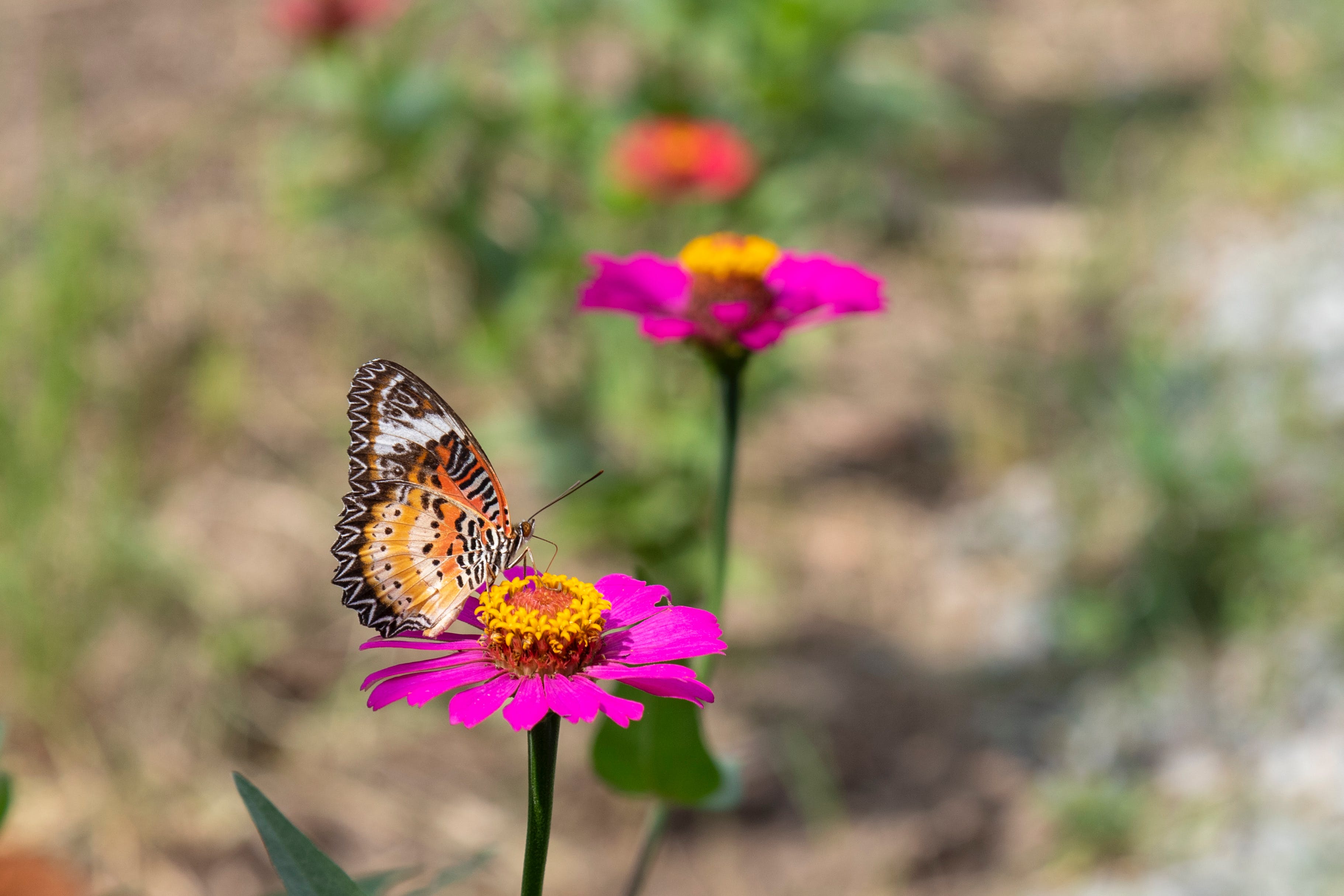What are bioagents?
Bioagents in agriculture refer to a range of living organisms or natural products that improve crop health as plant protectants that impact the plant community.
More specifically, biocontrol agents manage pests, control diseases, strengthen tolerance towards biotic and abiotic stresses, enhance nutrition and water absorption, and boost plant growth in an environmentally sustainable way.
These bioagents can be classified into three main categories:
- Predators and Parasitoids: These beneficial insects prey on or lay their eggs in pest insects. Ladybugs, lacewings, and parasitic wasps are a few examples of bioagents.
- Microbial Biocontrol Agents: These are microorganisms such as bacteria, fungi, and viruses that can suppress pests and diseases—examples: Bacillus thuringiensis (Bt) for insect control and Trichoderma harzianum for disease management.
- Biofertilizers and Beneficial Microbes: These enhance soil fertility and plant health by fixing nitrogen, solubilizing nutrients, and promoting growth. Some examples of that category are Nitrogen-fixing Rhizobacteria and Mycorrhizal fungi.
What is the role of bioagents?
Bioagents have numerous benefits in the agricultural sector; among others,
- They are often more environmentally friendly than chemical pesticides, as they do not leave harmful residues in soil or water.
- They are target-specific, minimizing harm to non-target organisms, including beneficial insects.
- They actively promote sustainable farming practices by reducing the need for synthetic chemicals, which can lead to pesticide resistance and long-term ecological imbalances.
What are the factors that we should consider when it comes to using bioagents?
While bioagents are primarily beneficial, there are some challenges associated with their use:
- Bioagents can be sensitive to environmental conditions, such as temperature and humidity, making their efficacy variable.
- Some others can be more expensive and labor-intensive to produce and apply compared to chemical alternatives.
- Effective pest and disease management often requires an integrated approach, combining bioagents with other practices such as crop rotation and good agricultural practices.










































































